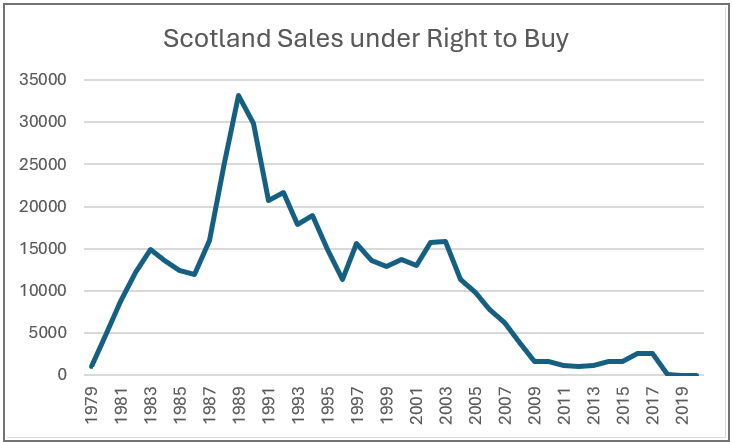Titles in Scotland - History
Understanding the history of the Scottish Land Registration
Milestones
These acts and developments have collectively evolved the system of land and property registration in Scotland into a sophisticated, responsive structure, adept at meeting contemporary needs (Registers of Scotland).
The best laid plans…
The Land Registration (Scotland) Act 1979 marked a significant shift in the process of documenting land and property ownership in Scotland, transitioning from the Sasine Register, a deeds-based system, to a map-based Land Register. This transition aimed to provide clearer, more accessible records and stronger title guarantees. However, the implementation faced several challenges and delays.
Original Timetable and Delays
The original plan was to phase in the Land Register county by county, starting with Renfrewshire in 1981. The timetable anticipated a gradual rollout across Scotland, with the expectation of completing in the 1990s. However, this timetable was overly optimistic.
Problems Encountered
Complexity of Transition:
The transition from an old deeds-based system to a modern map-based system was more complex than anticipated. It required substantial changes in how property transactions were recorded and processed.
Legal
Challenges:
There were various legal intricacies involved in transferring data from the Sasine Register to the Land Register, particularly in cases where the deeds did not clearly define property boundaries or where there were discrepancies.
Resource Constraints:
The transition from an old deeds-based system to a modern map-based system was more complex than anticipated. It required substantial changes in how property transactions were recorded and processed.
Right
to Buy:
But the issue which undermined the whole project was a massive increase in the private stock caused by Mrs Thatcher’s right to buy sales.
See graph below:
Private Housing Stock 1979-2019

In the 1980s nearly 200,000 houses entered the Scottish market and required to be registered.
By far the largest number of these was in the areas that had initially been scheduled for land registration being those in the west of Scotland (Renfrew, Lanark, Dumbarton and most importantly Glasgow).
This set back land registration for many years and created many of the problems in future years.
Some would argue that the Land Register never really recovered from the increase in the housing stock and
would be plagued by delays which were only alleviated when the housing market was in recession.
As more properties move to the Land Register and with the introduction of electronic processing
As more properties delays in “standard transactions” have been resolved but where the property still sits within the old Sasines register of falls within several other categories delays are still endemic.

